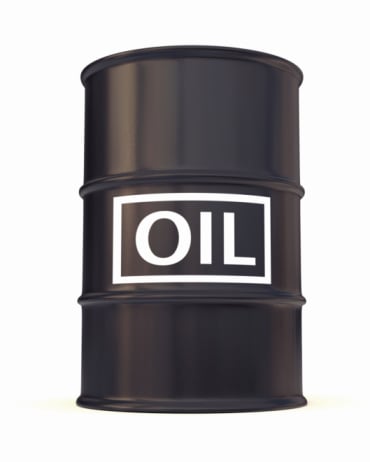
Source: Thinkstock
The waiver is intended to increase crude oil and, especially, gasoline deliveries to the areas hard hit by Hurricane Sandy. The unintended consequence is that traders could reap a significant benefit of up to $2 million per tanker according to a report at Reuters.
BP plc (NYSE: BP) has applied for waivers for two cargoes of crude oil and two (unnamed) companies have said that they will use waivers to allow them to ship fuel on foreign-flagged vessels.
Other beneficiaries of the waiver are shipping companies, which have seen day rates rise from around $10,000 to a range of $19,000 to $26,000.
The catch, though, is that it may be tricky to find a berth to unload the cargoes in New York harbor. There have been some fuel spills in the harbor related to last week’s storm and there is at least one report of another spill today. Ships have been lining up for several days waiting for a berth, so there could be quite a scramble in the next few weeks.
The restart of the 285,000 barrel a day Baywater refinery owned by Phillips 66 (NYSE: PSX) has been delayed for two to three weeks due to salt water damage at the plant. An analyst told Reuters that replacing the Baywater refinery’s production would require about 20 additional tanker cargoes a month.
The Colonial pipeline is running at capacity again, delivering 800,000 barrels a day of gasoline to New York.
Paul Ausick
Take This Retirement Quiz To Get Matched With A Financial Advisor (Sponsored)
Take the quiz below to get matched with a financial advisor today.
Each advisor has been vetted by SmartAsset and is held to a fiduciary standard to act in your best interests.
Here’s how it works:
1. Answer SmartAsset advisor match quiz
2. Review your pre-screened matches at your leisure. Check out the
advisors’ profiles.
3. Speak with advisors at no cost to you. Have an introductory call on the phone or introduction in person and choose whom to work with in the future
Take the retirement quiz right here.
Thank you for reading! Have some feedback for us?
Contact the 24/7 Wall St. editorial team.


